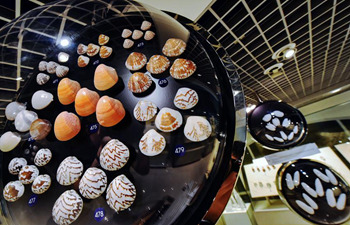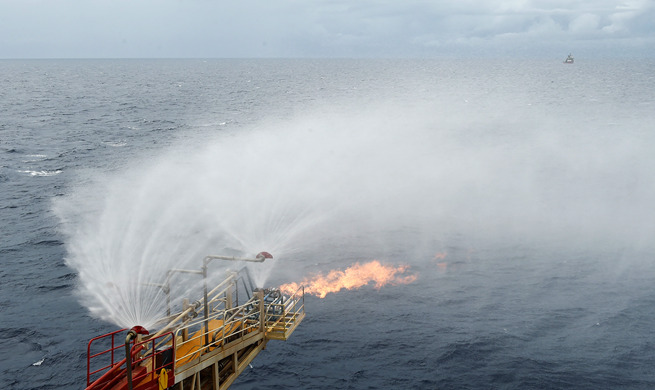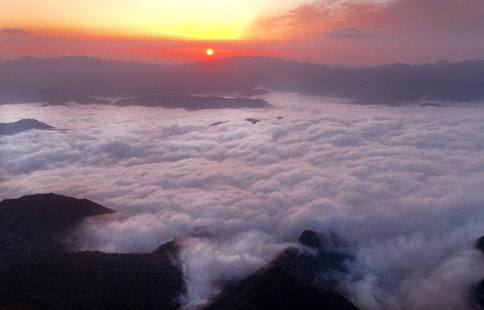SAN FRANCISCO, May 18 (Xinhua) -- New research explains how an ancient group of cells in the dark ocean wrings the last bit of energy from carbon molecules resistant to breakdown, enabling the ocean to sequester massive amounts of carbon in the form of "dissolved organic matter."
Researchers at Oregon State University (OSU) looked at genomes from SAR202 bacterioplankton and found that oxidative enzymes and other important families of enzymes may facilitate the last stages of breakdown before the dissolved oxygen matter, or DOM, reaches a "refractory" state that fends off further decomposition.
The ocean sequesters nearly as much carbon as exists in the atmosphere as carbon dioxide (CO2).
Zach Landry, an OSU graduate student and first author of the study published by the American Society for Microbiology, named SAR202 "Monstromaria" from the Latin term for "sea monster."
Stephen Giovannoni, OSU distinguished professor of microbiology, said that near the ocean surface, the DOM carbon goes unconsumed because the cost of harvesting the resources is too high. Currents transport the "recalcitrant" forms of DOM that remain to the deep ocean, where they are slowly broken down to compounds that can persist for thousands of years.
"They're very abundant in the dark ocean where no photosynthesis is happening and planktonic cells are living off whatever rains down from surface," Giovannoni said. "The big carbon cycle unknown is why so much carbon accumulates as organic matter in the ocean. In principle, micro-organisms could use it as chow to make energy and build biomass -- and return CO2 to the atmosphere, which would be a disaster."
"Since SAR202 are ancient and today dominate in the dark ocean realm, we speculate their arrival in ancient oceans may have impacted the early carbon cycle," Landry said.
While "at the surface, where there's intense competition for nitrogen and phosphorus, and grazing by bigger plankton cells, Monstromaria's activities don't pay out well enough for them to make a living," Giovannoni was quoted as saying explaining in a news release from OSU. "It's so difficult to break down the resistant compounds that it's not worth the cost. It's like trying to make a living farming in an urban area -- it isn't going to work because the cost of living is too high."

















